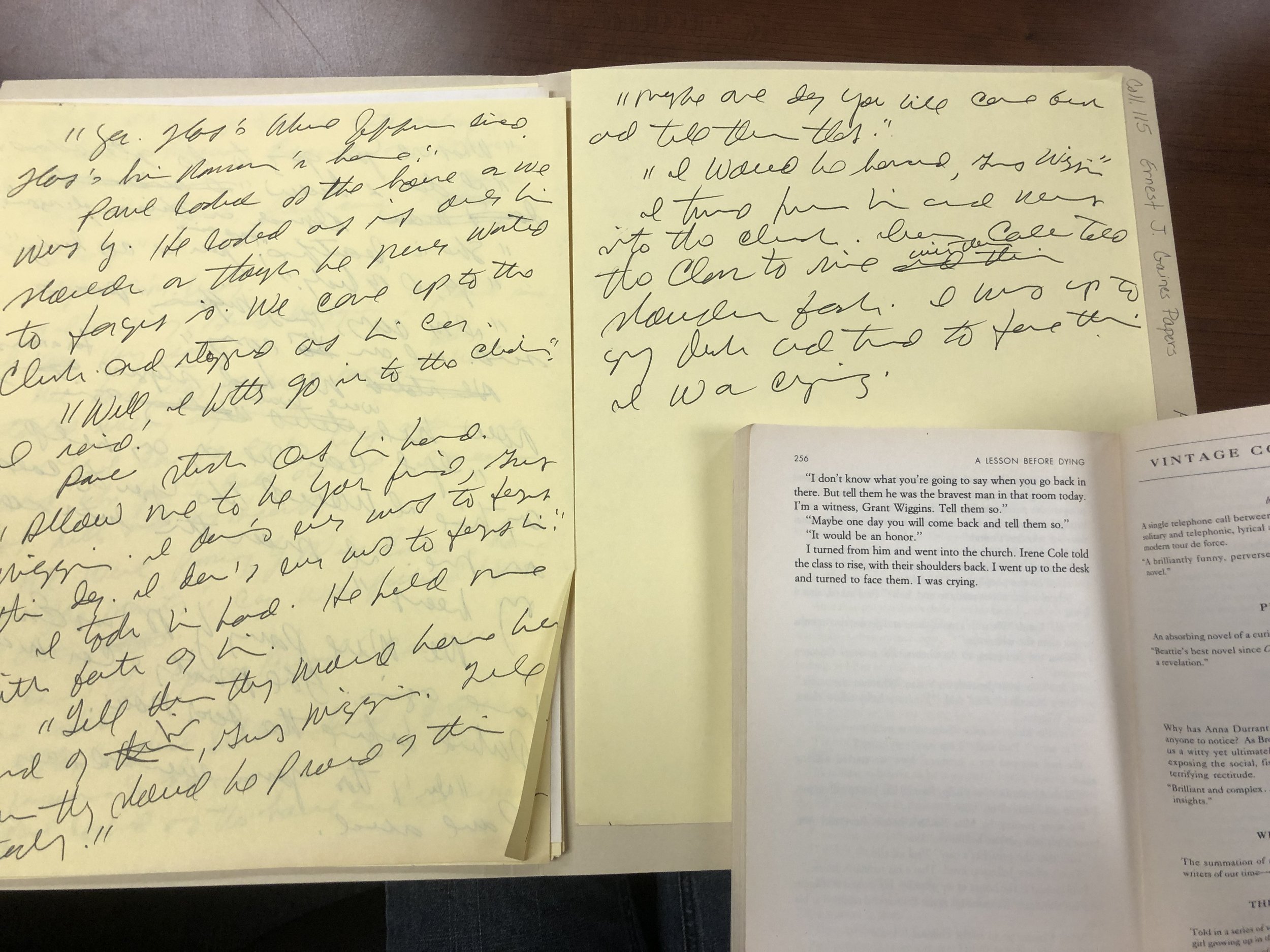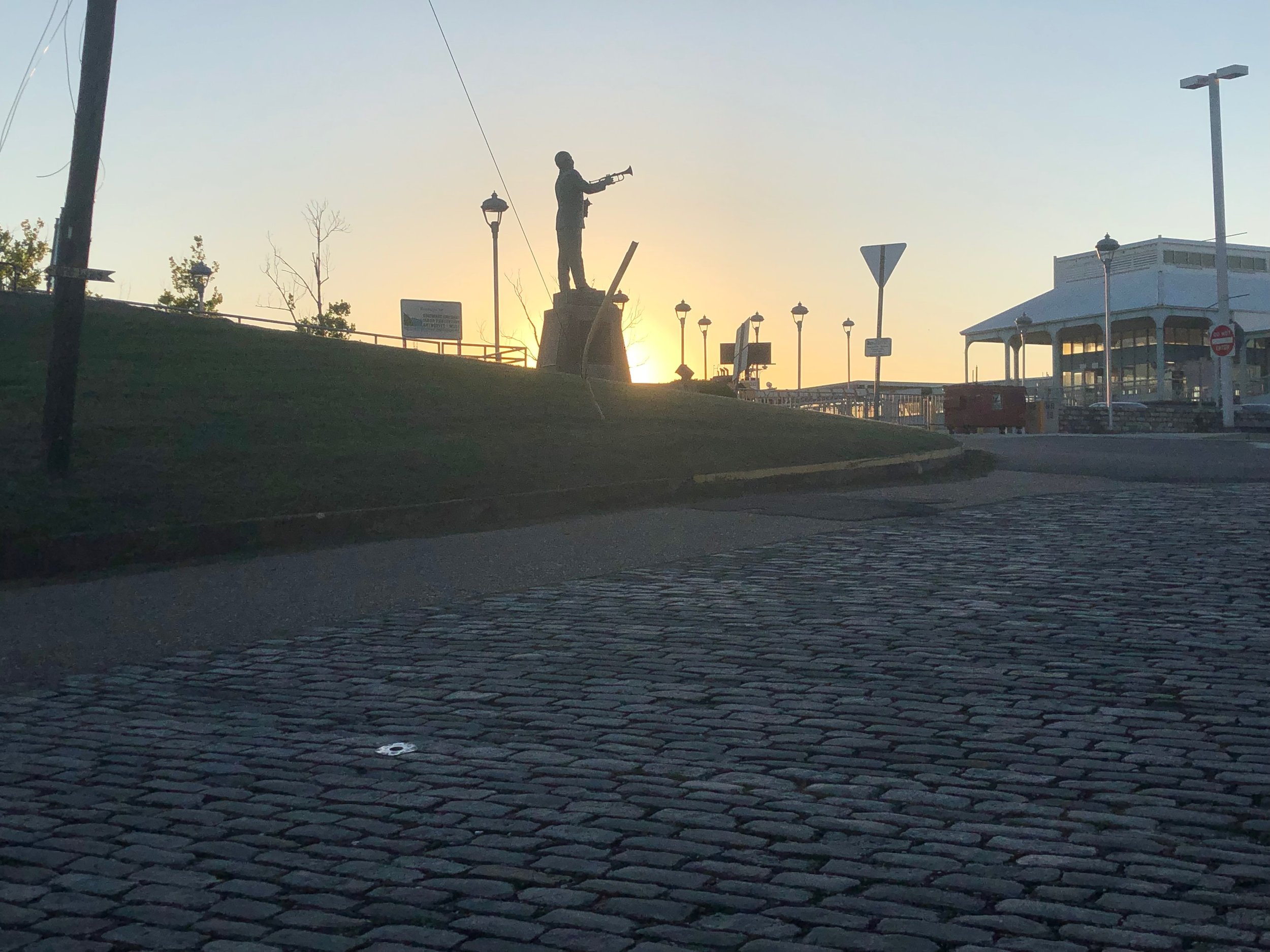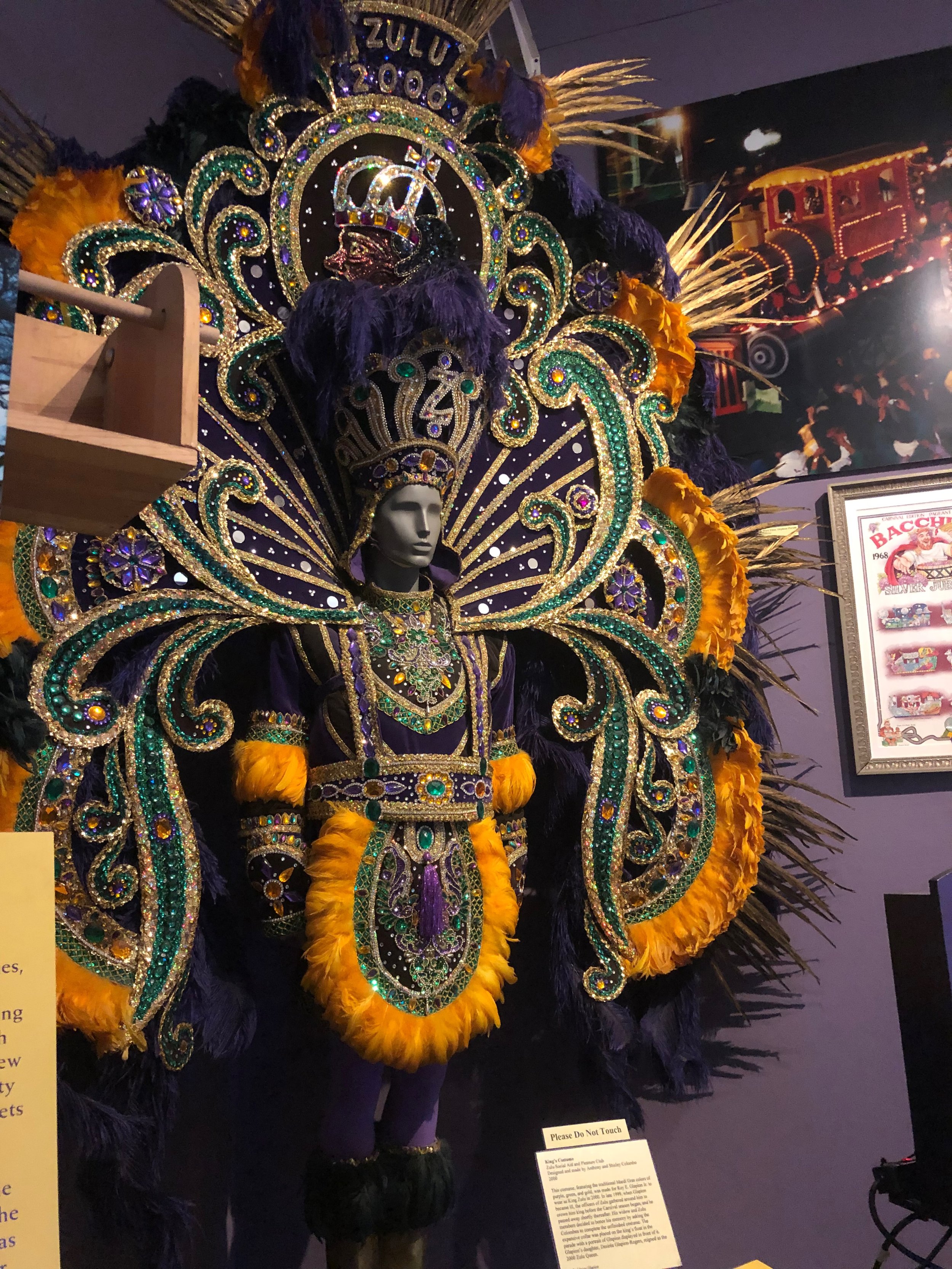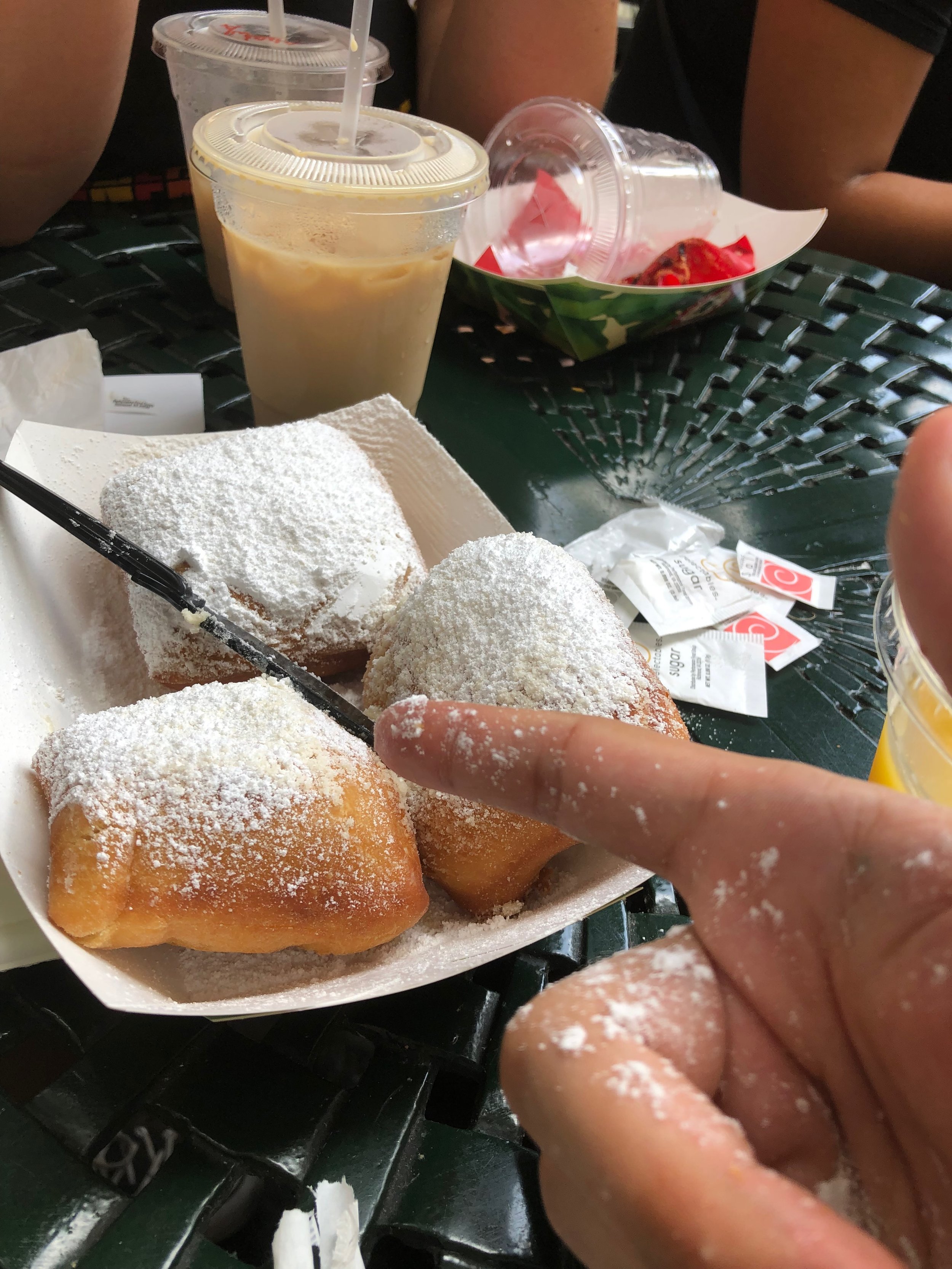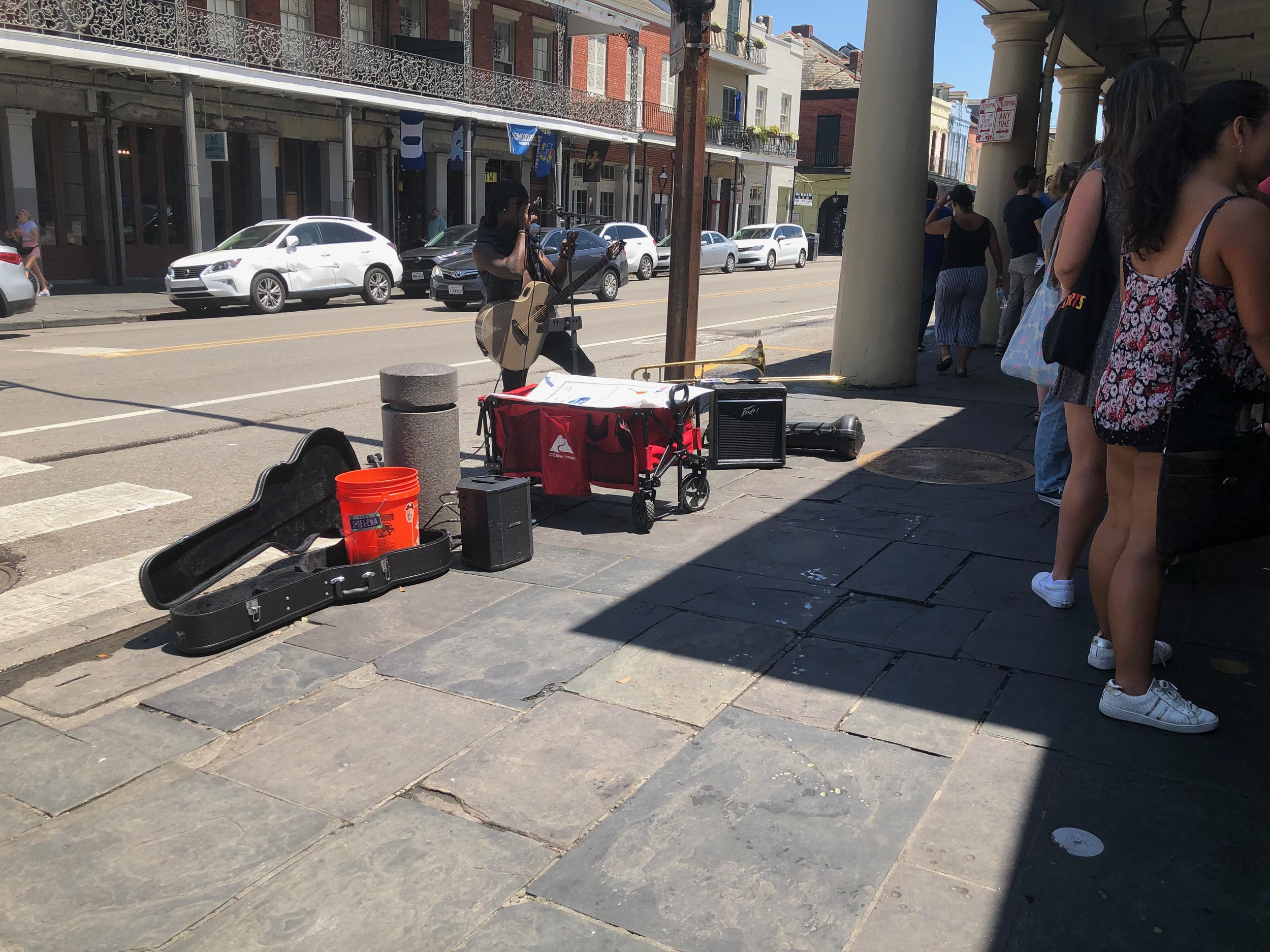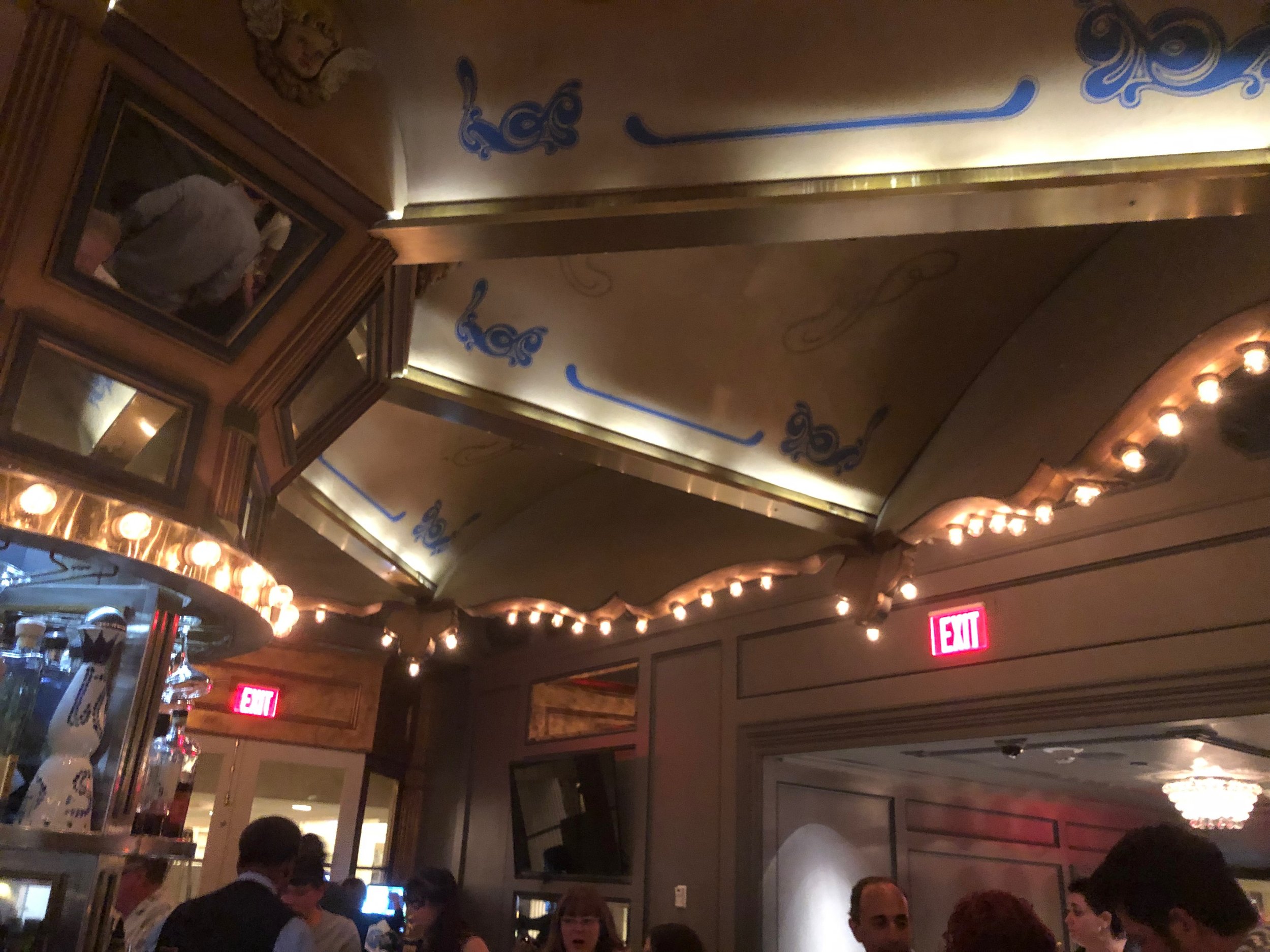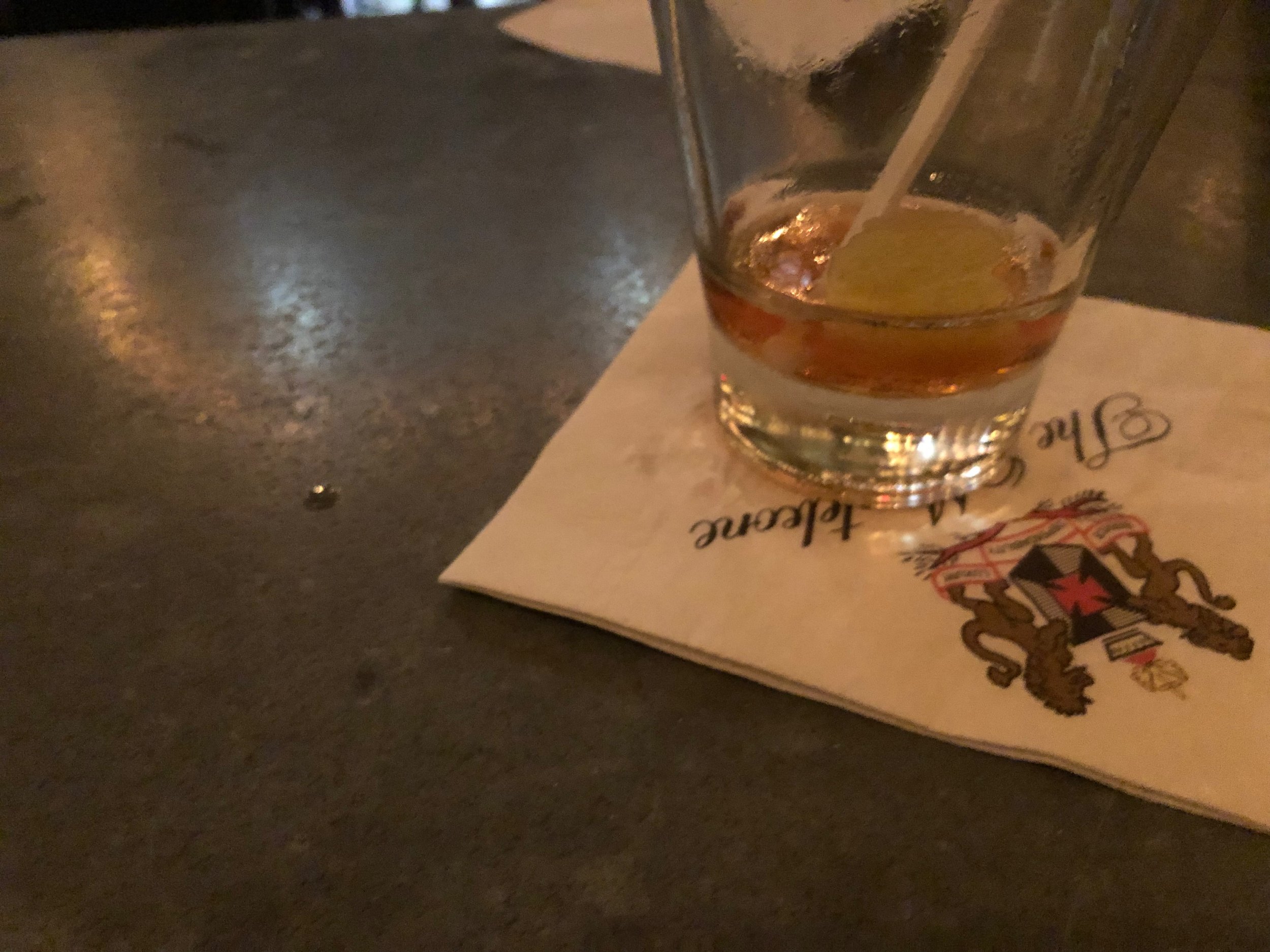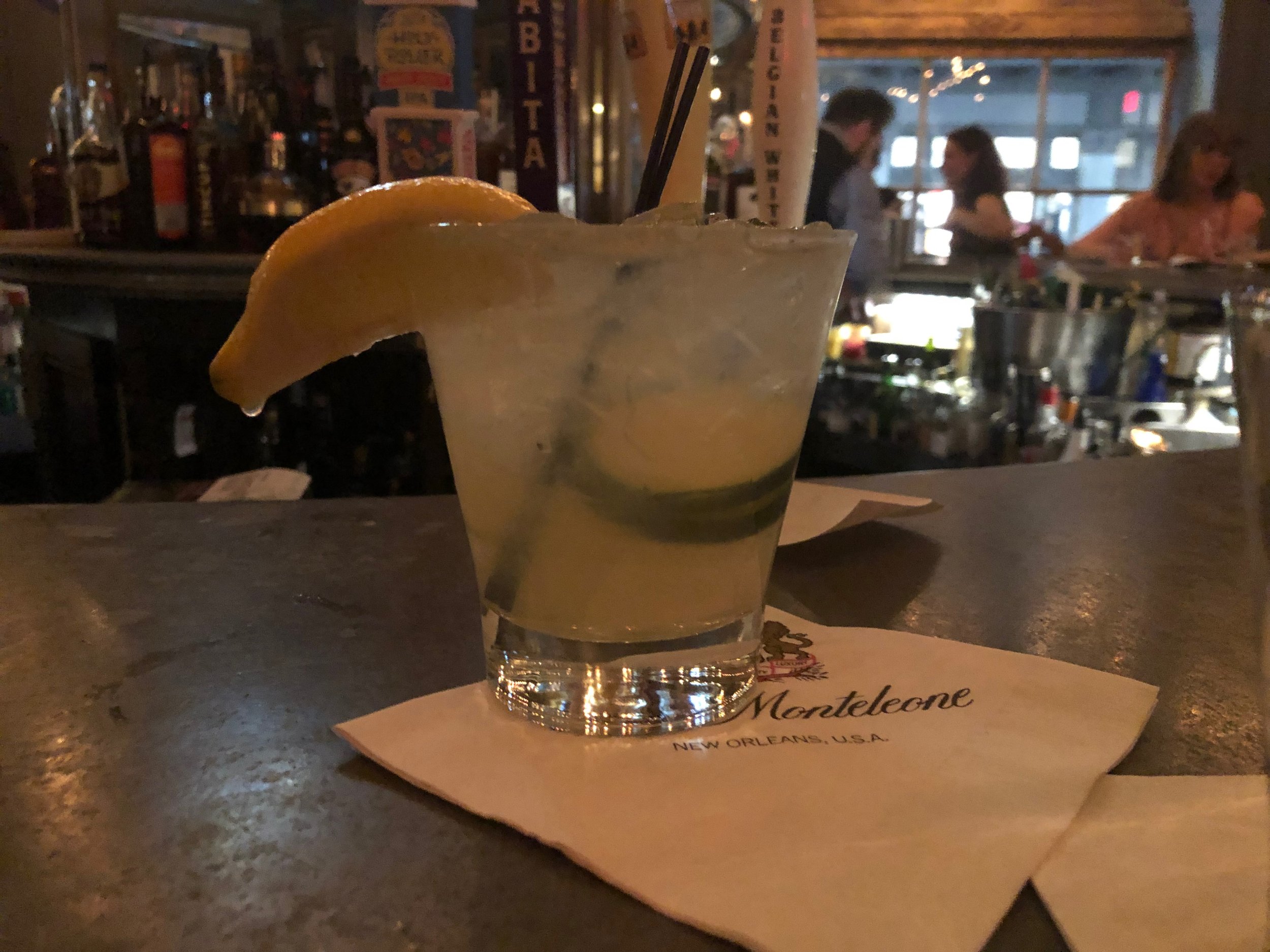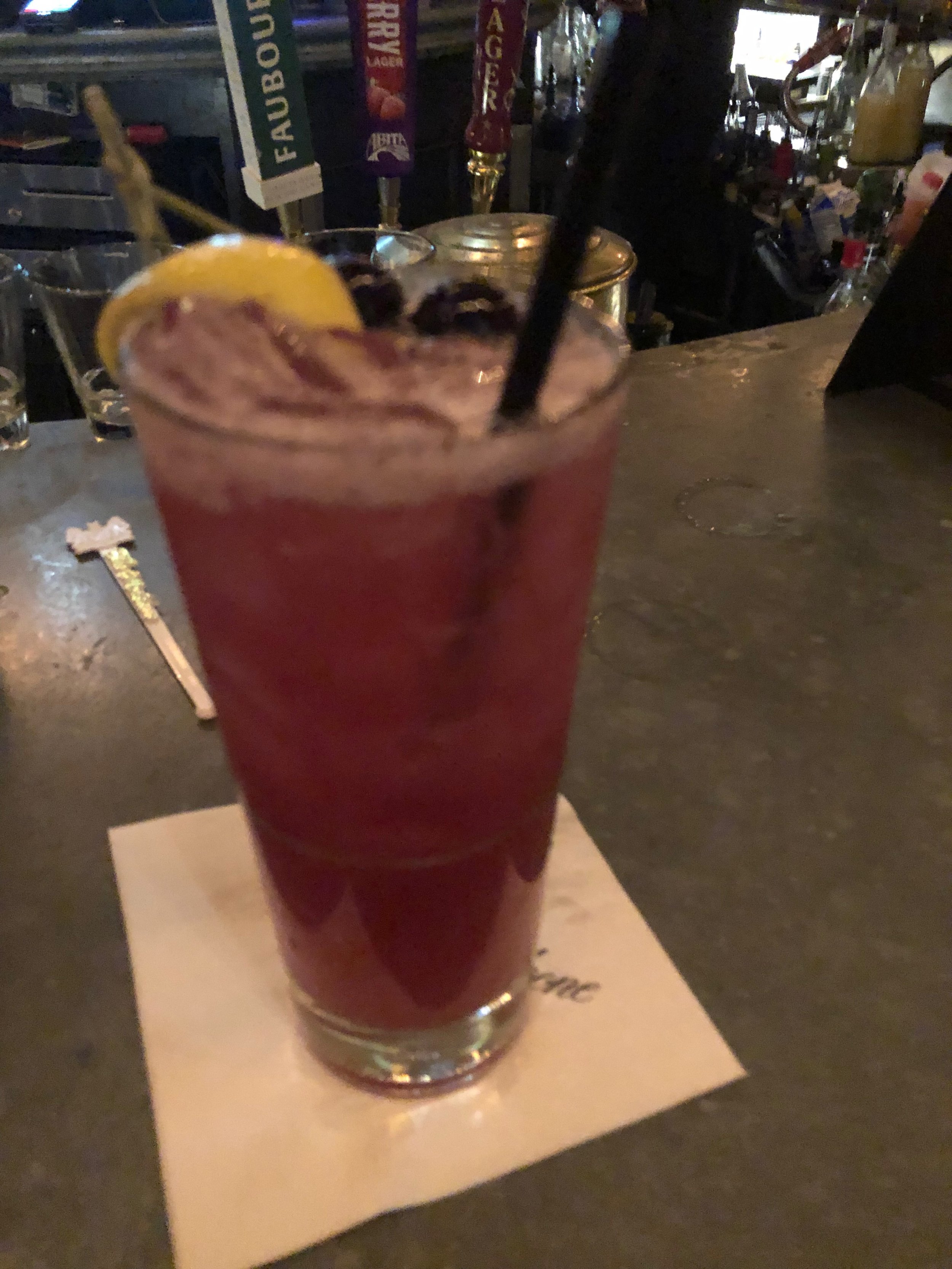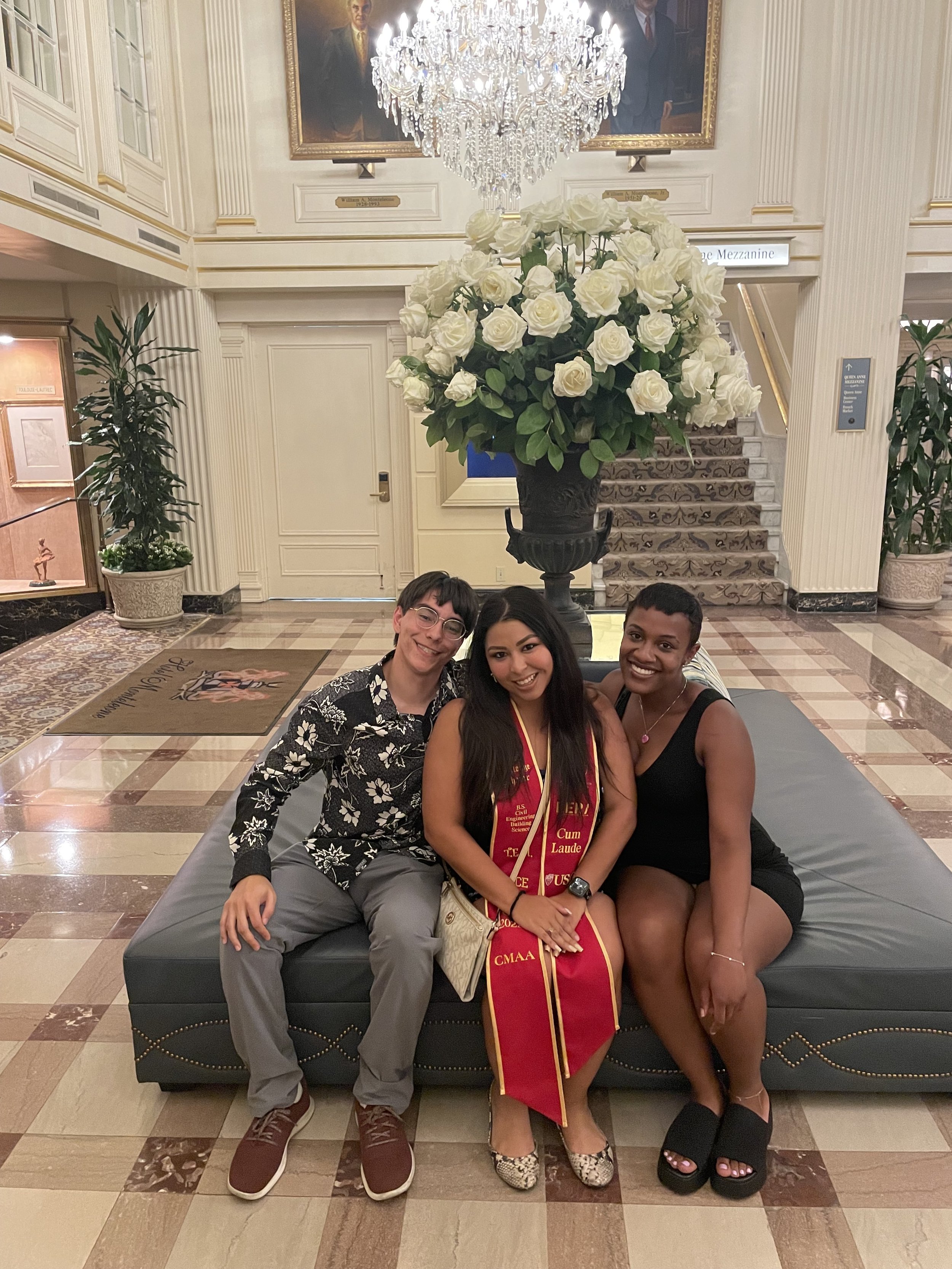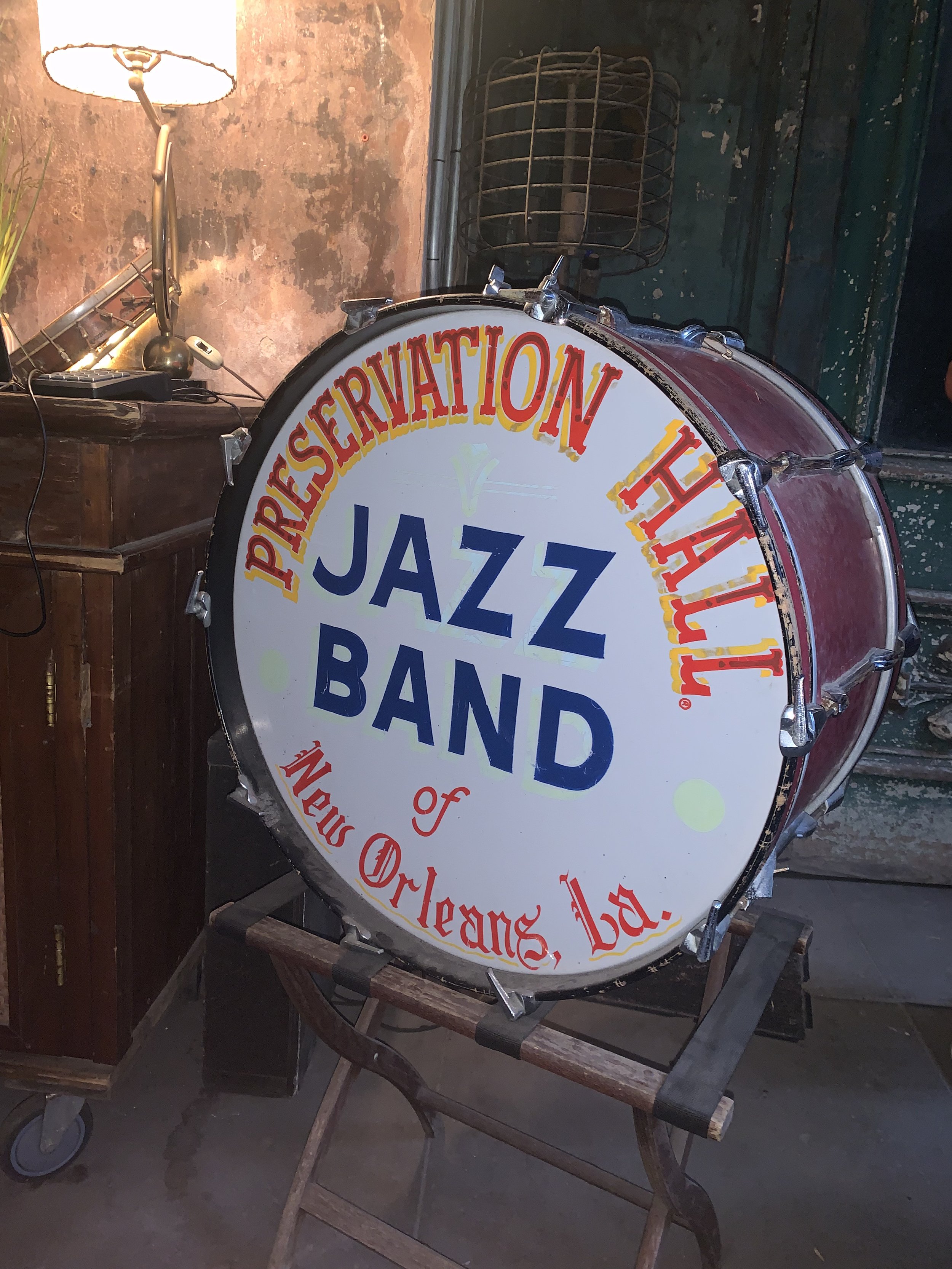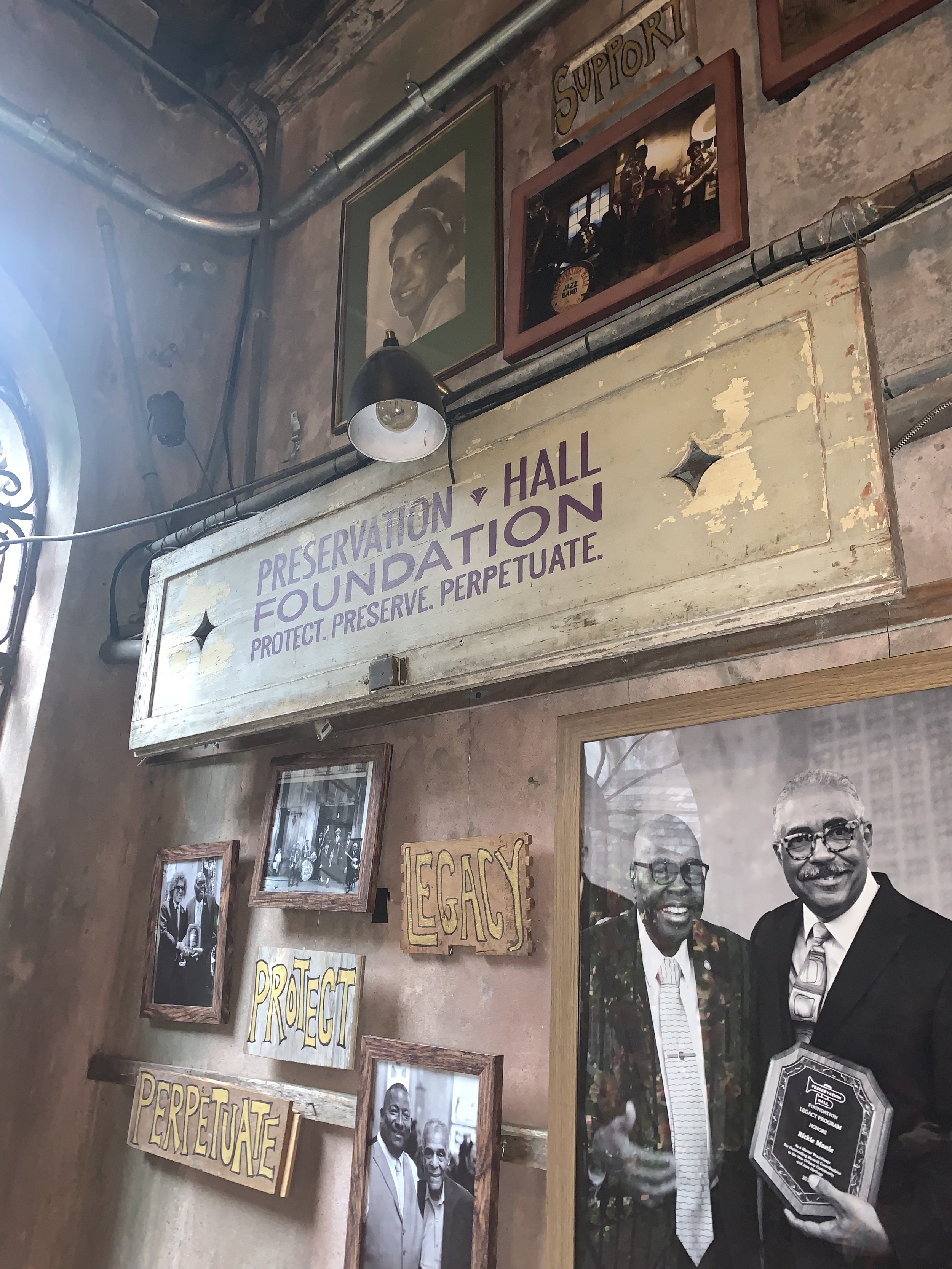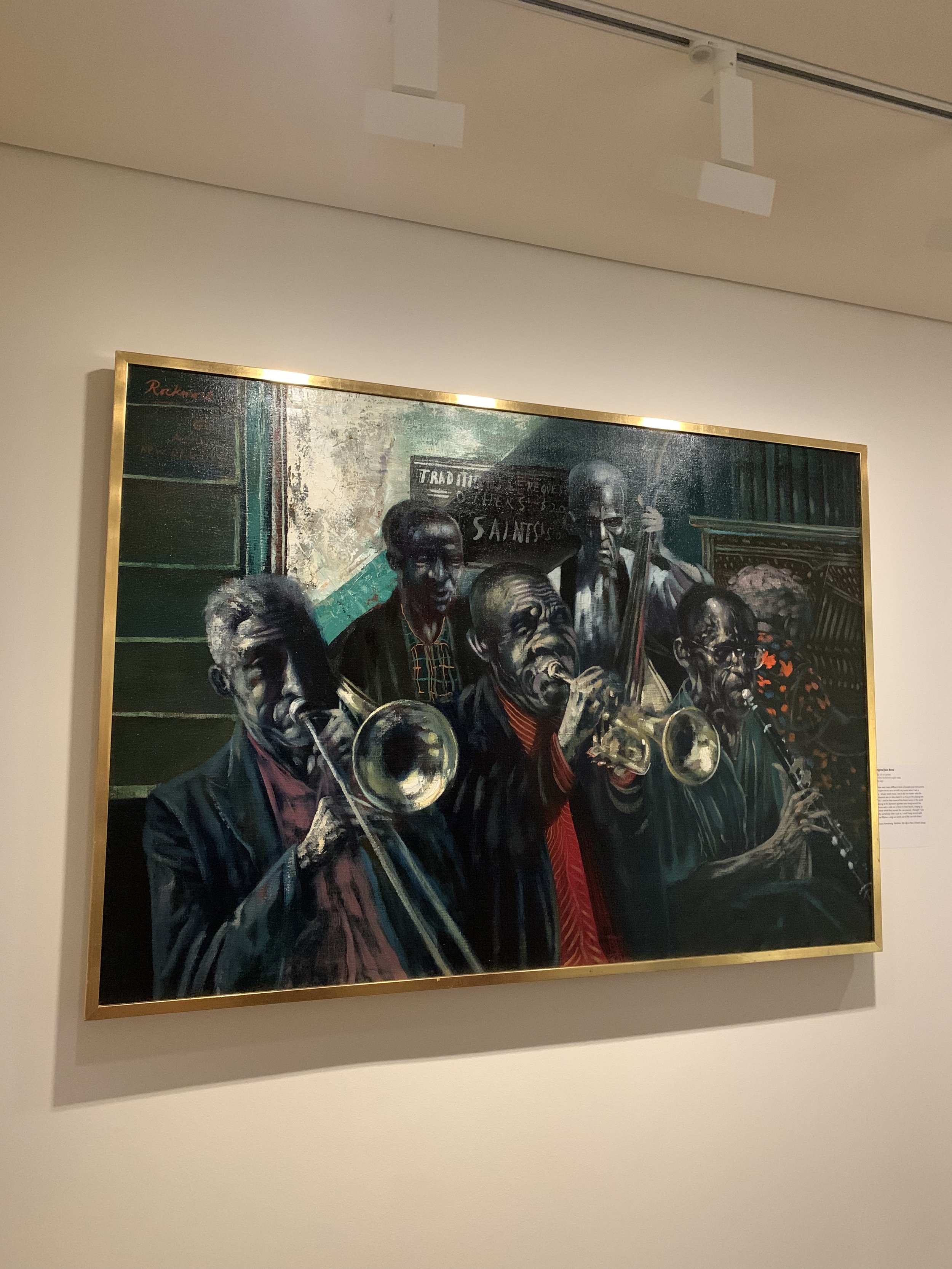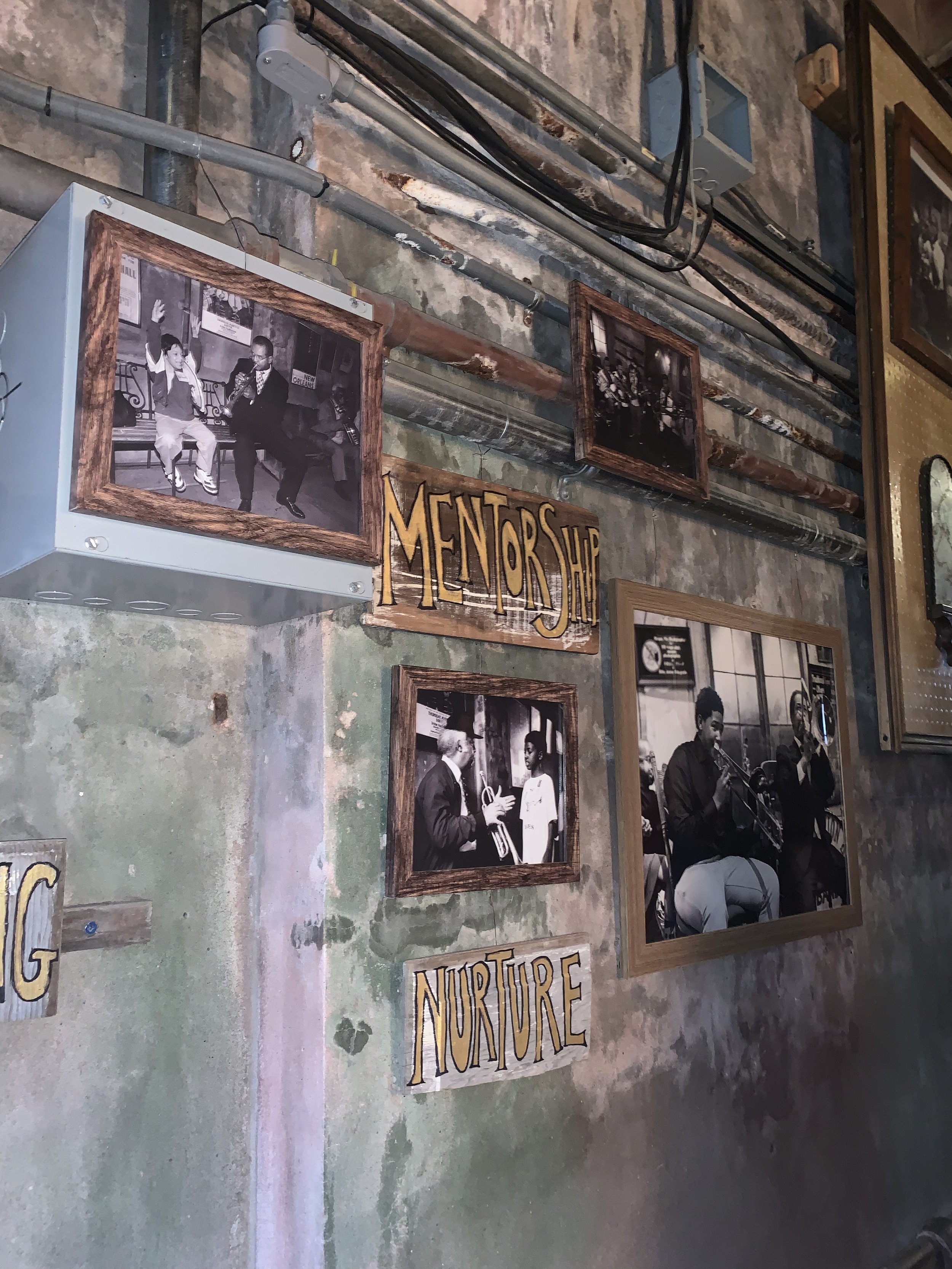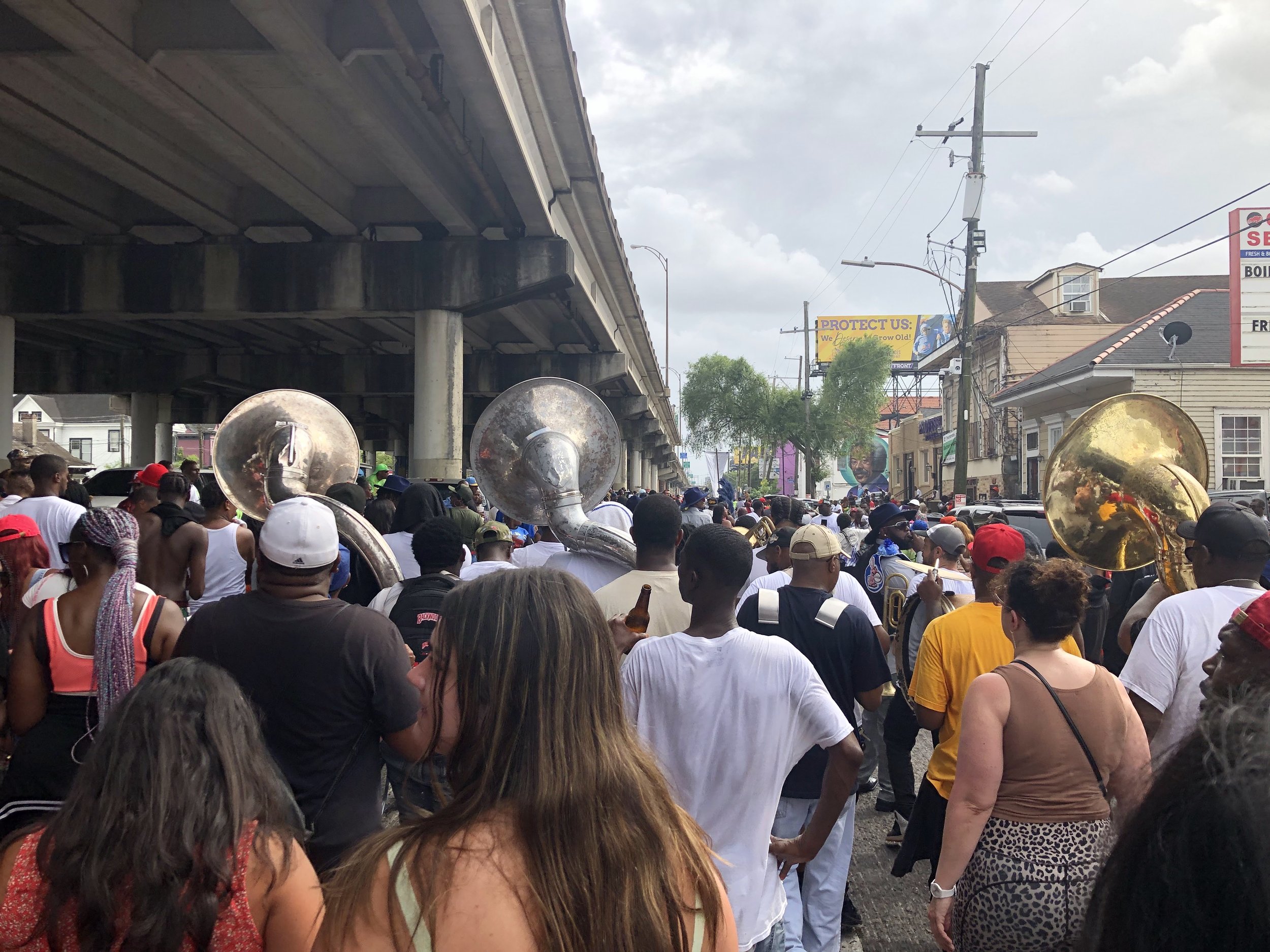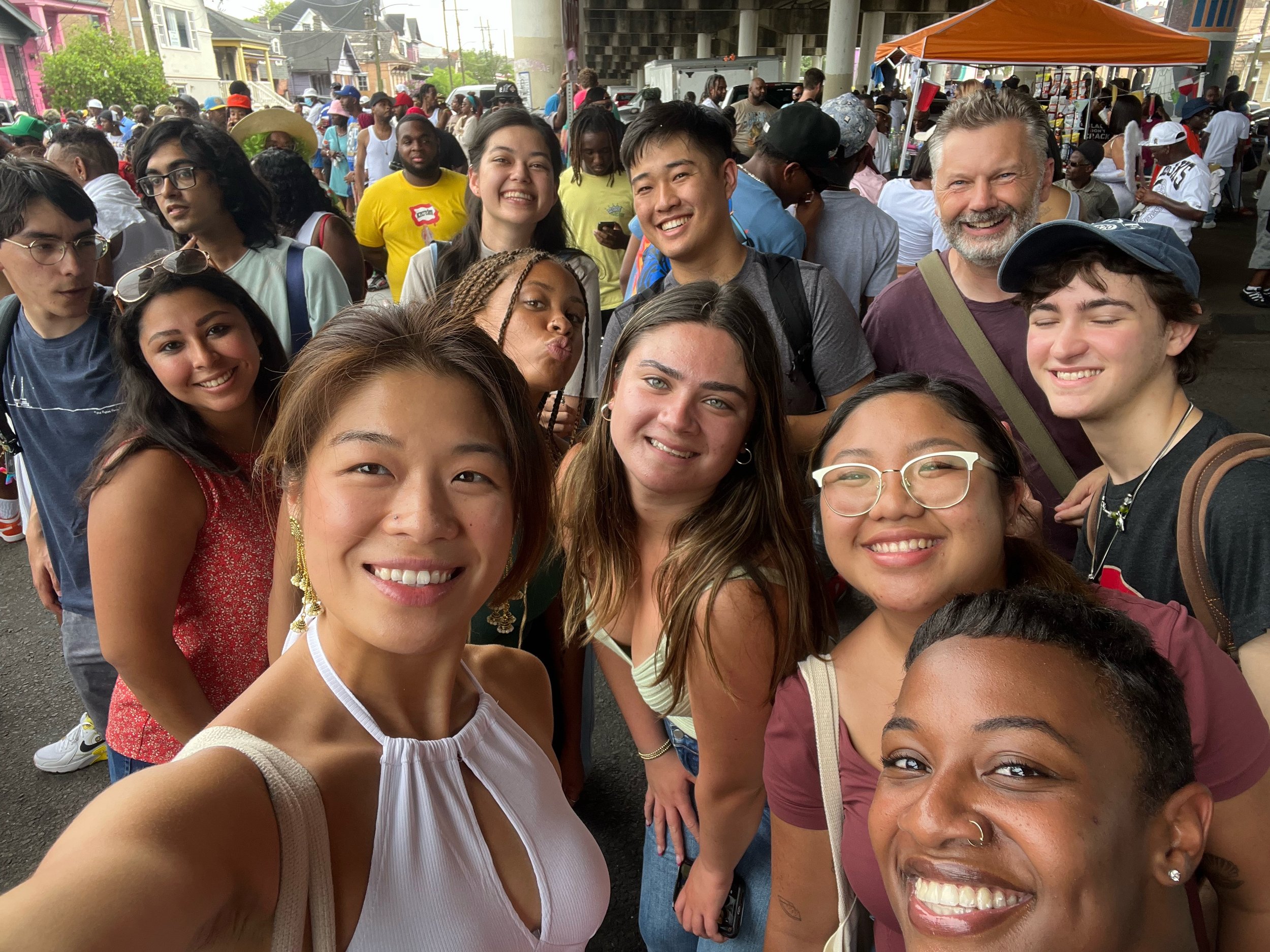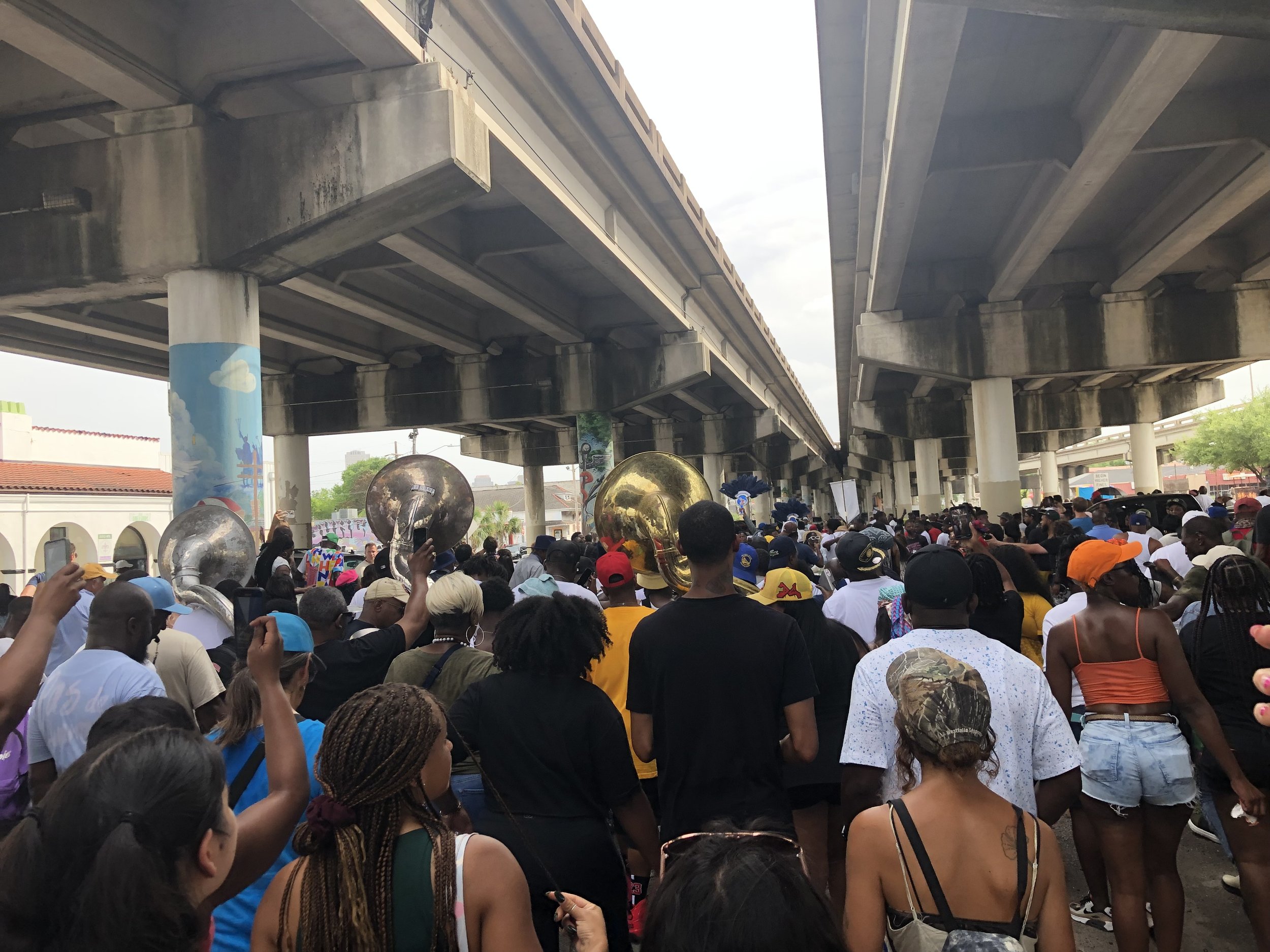“How do people come up with a date and time to take life from another man? Who made them God?” -Ernest J. Gaines, A Lesson Before Dying
A Lesson Before Dying by Ernest J. Gaines is a heart-wrenching novel that deals with issues of race, poverty and incarceration. Although it is set in the 1940s, this country faces so many of the same problems that it didn’t read as at all dated. During our time in Baton Rouge, we got to explore some of the places from Dr. Gaines’ life.
A tiny and oppressive old jail cell
One of the first things we did upon getting to Baton Rouge was head to Pointe Coupee Parish. This is the area of Louisiana that Dr. Gaines grew up in and, after he moved to California for a few years, ended up moving back to. Upon arriving, we were greeted outside the courthouse by Sherriff Thibideaux. He was really friendly, and brought us inside to meet the chief of police and the mayor of the town. Upon entering their meeting room the first thing I noticed was a massive “blue lives matter” flag plaque on the wall and I was immidiately nervous. I was nervous about what that meant about the people who had so warmly welcomed us in. I knew statistically that, because we were in the South and out of the artsy city, the people would be more conservative. But the idea of being led around by someone who had the combination of a) having a lot of power while we were in completely new territory and b) likely harboring racist and bigoted beliefs put me on edge from the beginning. As he talked and joked with the group (and also because I figured we had a safety in numbers and Andrew knew what to say if any suspicion fell on us), I became slowly more at ease, although I wouldn’t say I ever completely lost the wariness.
The grave of the great Dr. Ernest J. Gaines
After talking with the sheriff, we were then shown into the old area of the courthouse, where jails that were in use from the 1800s to 1980s now lay unused, filled with boxes and boxes of unorganized archives collecting dust. This was the same courthouse that Jefferson would have lived in awaiting his execution in A Lesson Before Dying. They were in terrible condition. The paint was peeling, bunks were missing, trash and papers were scattered around. But the most haunting part wasn’t the state of the cells as they were now, it was the knowledge that they actually kept people here, in these tiny, hot, cramped cells. It was the knowledge that conditions like that are still happening all across the country. That human beings, often people targeted for their race, both were and are being treated so inhumanly. A Lesson Before Dying does a fantastic job of showing the audience Jefferson’s humanity and dignity, even though he is ultimately executed.
The day after, we saw Ernest Gaines’ house. Cheylon Woods, an archivist at the Ernest J. Gaines center, showed us around the property and told us about its history. He built his house on the plantation his family was enslaved at. It remains a sugar plantation, with a lot of the old architecture still remaining. Dr. Gaines took measures to preserve the church the enslaved people who lived there would attend, one very much like the one in the novel where Wiggins taught. He also preserved the old cemetery where generations of enslaved people were buried in unmarked graves, including his aunt, who was a big inspiration for him. The cemetery is now home to his grave as well, which we visited.
Original handwritten pages of the first draft of A Lesson Before Dying
The following day, we met with Cheylon Woods again, but this time at her home base at the Ernest J. Gaines center at the University of Louisiana, Lafayette. The walls were covered with various awards and plaques that Dr. Gaines had been awarded. After she told us about his life and how he had gotten various things, she took us into another room and took out two archival boxes. From them she took out the original manuscripts of A Lesson Before Dying. Seeing them was absolutely incredible. Some of the folders had pages of handwritten chapters, others had early typed versions that were different from the finished book. You could see edits and notes of Dr. Gaines in the margins. Here we were, holding pages he had written. I felt so connected to him. I pictured him writing the novel out by hand, sometimes struggling to think of the next words, other times furiously scribbling to try to keep up with his mind. The way he wrote notes in the margins to his editors really brought my mental image of him down to earth. He went from “the Author of the book” in my mind to a man. A man who was a pioneering Black author. A man who took it upon himself to tell the stories others wouldn’t. A man who saved the memories of so many people.
Graffiti in one of the old jail cells at the courthouse
The work Ernest J. Gaines did to keep the landmarks and tell the stories of people who white people brutalized and then tried to forget is such a noble task, and one that is very similar to Wiggins’ task to allow Jefferson to experience proper humanity, even though he is being murdered by bigots who have too much power. I think it is so, so important to tell the stories of the people that society and mainstream historical narratives have tried to forget. It is vital to everyone that we remember the way people have been marginalized and oppressed and that we actively work to fight it. Dr. Gaines is incredibly inspirational in the way he worked to do this.


